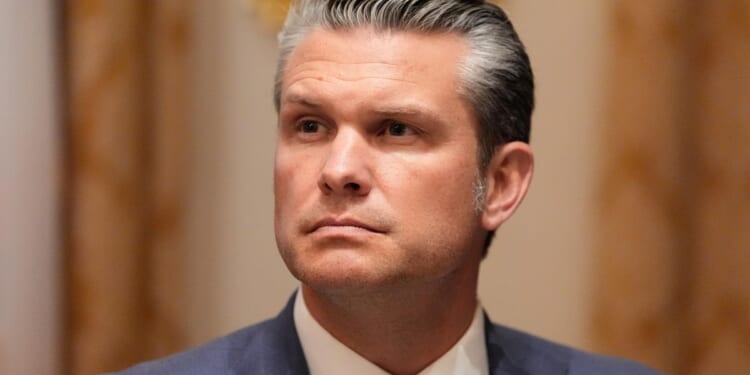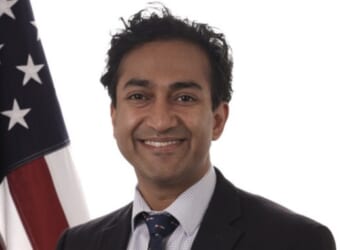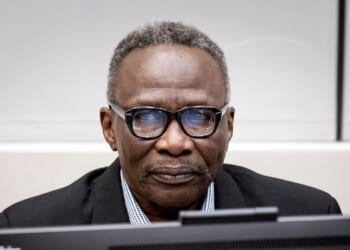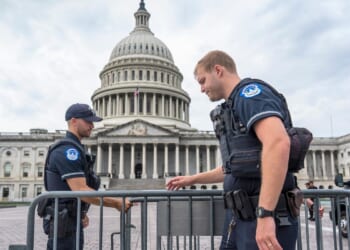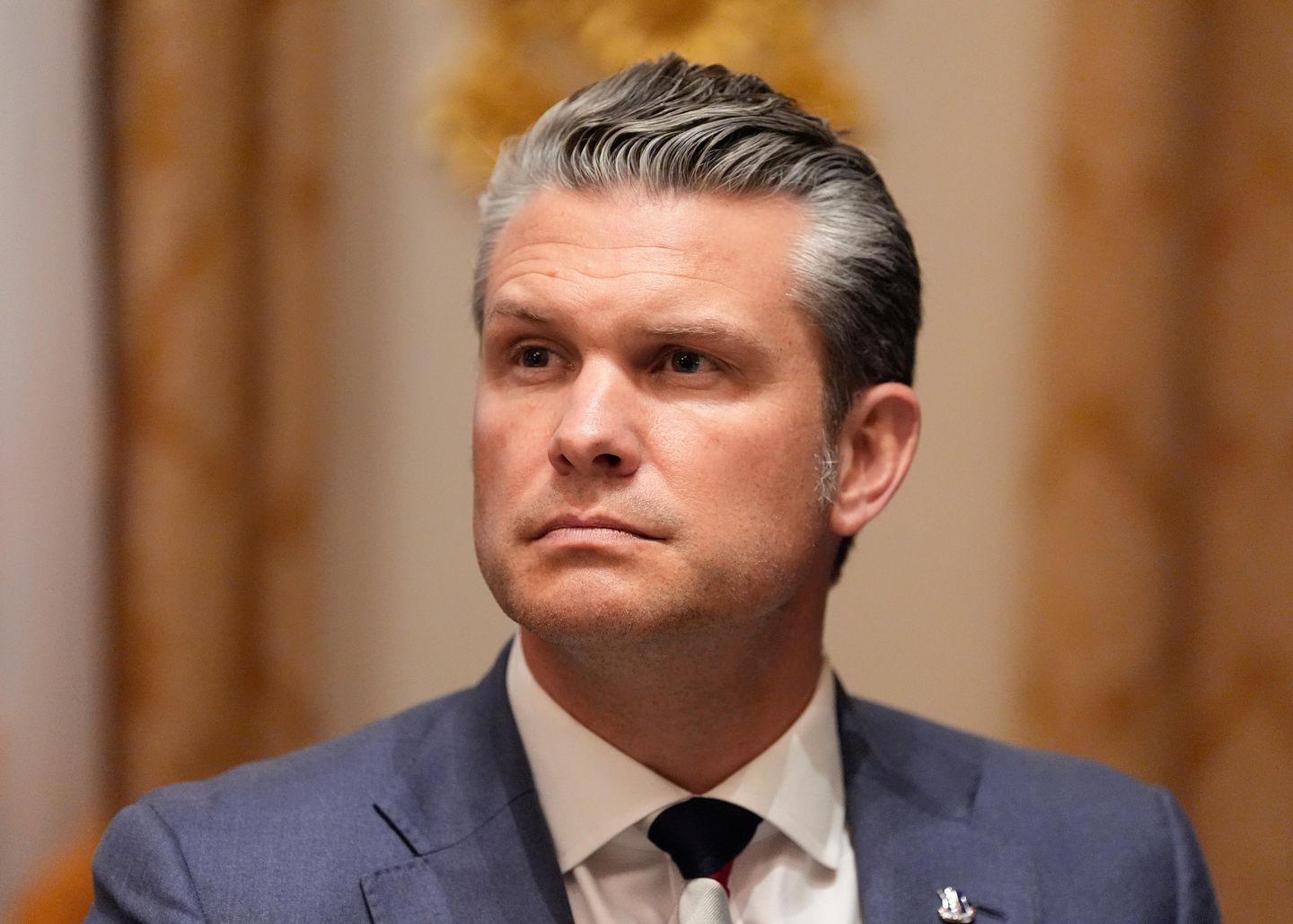
Defense Secretary Pete Hegseth will depart this week on an official trip to Asia aimed at bolstering security partnerships with regional leaders amid mounting trade and military tensions with China.
Mr. Hegseth will make stops in Hawaii and Japan before flying to Malaysia for meetings with defense chiefs during a session of the Association of Southeast Asian Nations, the Pentagon said Sunday in a statement announcing the trip.
From Malaysia, Mr. Hegseth will go to Vietnam for talks with leaders in the still-communist nation that the United States is seeking to win over in an effort to counter the expanding influence of communist China.
China and Vietnam remain locked in disputes over ownership of the resource-rich Paracel and Spratly islands.
The final stop for Mr. Hegseth is South Korea for meetings with South Korean and U.S. defense, military and other leaders.
Around 28,000 U.S. troops are currently deployed in South Korea, a key ally in deterring North Korea on the peninsula.
Trump administration officials in the past have considered redeploying some U.S. troops in South Korea.
“Secretary of War Pete Hegseth will travel to the Indo-Pacific early next week to strengthen defense relationships and reaffirm America’s commitment to peace through strength and a balance of power in the region,” the statement said, using a new title derived from the administration’s recent renaming of the Pentagon to the Department of War that has not been made official by Congress.
Among the themes Mr. Hegseth will address in his talks during the trip are the American focus on the Indo-Pacific region, declared as a “priority” geopolitical theater, while stressing the importance of allies increasing defense spending and contributions to collective defense in the region, the statement said.
President Trump and defense officials have called for regional allies to sharply increase domestic defense spending to reduce the burden on American military spending.
The calls for increased regional spending and other security burden-sharing come as China is increasing military aggression and bullying in areas near Japan, against Taiwan, and against the Philippines over island disputes in the South China Sea.
Japan and the Philippines are formal U.S. defense allies and Taiwan is an unofficial partner that is facing threats from China’s military.
According to U.S. military leaders, Chinese President Xi Jinping has ordered the People’s Liberation Army to be ready by 2027 for military action against Taiwan, a sovereign island state that Beijing claims as its territory.
In Hawaii, Mr. Hegseth is scheduled to meet Indo-Pacific Command leaders “to ensure our warfighters’ readiness in line with the challenges the secretary laid out at Shangri-La Dialogue,” the statement said.
Mr. Hegseth issued a stark warning during a speech in Singapore in May that China is “credibly preparing to potentially use military force to alter the balance of power in the Indo-Pacific.”
“The threat China poses is real,” he said, “and it could be imminent. We hope not. But it certainly could be.”
Mr. Hegseth also is promoting the Trump administration’s defense strategy called “America first” and “peace through strength.” The strategy also calls for working in concert with U.S. allies to deter war and other regional threats.
The defense secretary in the speech laying out Indo-Pacific policy and strategy also said the U.S. does not seek conflict with China nor wants to dominate China. The U.S. also is not attempting to oust the communist regime, he said.
A forthcoming national defense strategy could lead to a shift in focus of the U.S. military from China to a greater stress on homeland defense and security in the Western Hemisphere, according to news reports of a draft of the report.
Other officials have said China will remain the major strategic focus of the administration’s new defense strategy. The strategy is expected to be released in the coming weeks.
Malaysia’s government, host of the regular meeting of ASEAN defense leaders, is following policies that seek to chart a middle ground between the United States and China.
After Hawaii, Mr. Hegseth will travel to Japan.
The meetings in Tokyo will highlight what the Pentagon said is the importance of rapidly bolstering the U.S.-Japan alliance against growing regional threats.
Mr. Hegseth is scheduled to be in Japan at the same time as President Trump.
The president is expected to hold meetings Tuesday with new Prime Minister Sanae Takaichi, considered a defense hawk who has voiced strong concerns about the increasing threats to Japan posed by China.
Ms. Takaichi, Japan’s first woman prime minister, said in a speech to the legislature Friday that Japan will boost defense spending to 2% of gross domestic product.
The Trump administration has sought to have Japan boost defense spending in the range of 3% to 5% of GDP. But Japanese officials have said such a large increase is unlikely based on the country’s pressing economic challenges.
In Kuala Lumpur, Mr. Hegseth will join the ASEAN Defense Ministers’ Meeting that will seek to boost regional security cooperation, the statement said.
Meetings with Vietnamese leaders will attempt to deepen the United States’ defense relationship to include increased defense trade and information sharing, the Pentagon said.
Last, in South Korea, the defense secretary will co-chair the 57th meeting of the U.S.-South Korea Security
Consultative Meeting.
Mr. Hegseth will “applaud Seoul’s willingness to step up on defense spending and assume greater responsibility for the alliance’s deterrence and defense,” during his meeting, the statement said.
“Under Secretary Hegseth’s clear and strong leadership, the department recognizes the importance of the focus on the Indo-Pacific and the need to ensure peace through strength together with our allies and partners,” the statement said, noting that Mr. Hegseth will emphasize that theme through the visit to the region.

